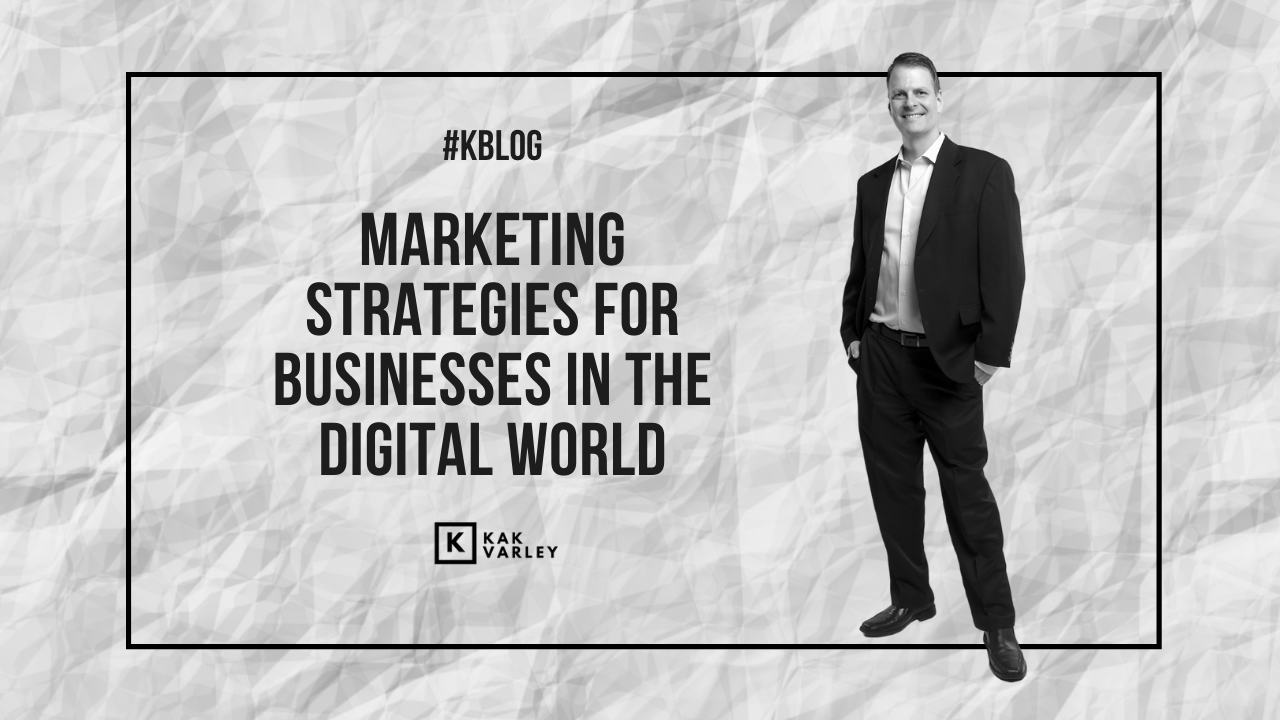
Having marketing strategies is important because they provide direction. Without them, you don’t have a plan and are merely taking shots in the dark to try to hit your target.
All too often, I hear about situations like, “I hired this guy to do this [one thing], but nothing never ever came of it.” Does this sound familiar to you?
This happens because you are stuck in “Tactic Land.” This is where a singular action, tool, or solution is used to come to a result. But here’s the thing – a tactic can only provide a finite 1-to-1 result. For example, one tactic could be getting more Instagram followers by following other profiles. The result is that you’ll get more followers. Nothing more, nothing less. And yet, people will consistently think that this tactic will get them something more, like new clients, etc.
It is not to say that tactics are not valuable. In fact, they are crucial. However, it needs to be understood that tactics live inside marketing strategies. They are small actions that are driven by and support a larger strategy.
Accountability Framework
I’ve spent over a decade testing all kinds of tools, solutions, and different approaches. Much like anyone else, I started with hundreds of tactics and failed at many of them until I realized the problem – I didn’t have a strategy.
So how did I get a strategy? It all started with an accountability framework I put in place called “Action Consume.” It’s a mere 80/20 model for my marketing practice. It looks like this:
Action – This means that 80% of the time, I am doing something. In other words, I am getting things done. I am taking action. Why is this important? All too often, I see people not taking action, which puts them in a circular situation of not getting results. They are asking themselves, “Why aren’t things happening?” The answer is that they are not taking action. It’s as simple as that.
Consume – 20% of the time I do what I call “L3” – Looking, Listening, and Learning. I continually review everything I do in the action category and take my learnings back into the action category as revisions or improvements. I’ll explain more about this later in the article.
You might think this is pretty basic, and yet, it’s hardly ever practiced. Most people live the opposite way, with 80% of a person’s practice spent in a consumption mode and 20% in the action category. I don’t want to dive too heavily into the psychology of why this happens, but it’s mostly based on some kind of fear of failure or unwillingness to do the work that’s required.
The best example of this is all these ‘Doing Sales on LinkedIn’ courses. I have seen a lot of them, and many of them are legitimate. However, people will spend hundreds of dollars on a course like that until they figure out that it takes a lot of time and effort, and then they give up. They don’t want to be in the 80% action category. They just want to consume, discover a simple tactic, and hope to get rich from it. However, there’s not a lot of consistent luck that happens in “Tactic Land.”
Marketing Strategies Model
Fast forward in time through all my failures and learnings, and now I can confidently say that I have a strategy that works. I call it the “G3L3” model. So let me break it down…
G3 – Give, Gather, Get
G3 is a values-based model that stems from the ‘Why’ part of my business model (more about that in another article). The overall concept applies across all platforms and even to the physical business life. In fact, almost all of this comes from my 35 years of sales experience in the Physical World. What it boils down to is that I’ve essentially brought real-world sales strategies into my online marketing strategies.
Give – This is where you give something to your audience. It mostly comes in the form of valuable information, inspiration, or even entertainment. This is a crucial part of a marketing strategy because you have to understand that people don’t know who you are online. And because of that, people don’t necessarily trust you. You wouldn’t walk up to a person on the street and say, “Hey, buy this!” We all need to get to know somebody before we buy from them. The best way to prove your value is by reaching out your hand with something to give.
On a ratio level, you should execute this 4 to 5 times more than the following component. Anything less is going to hamper your opportunity to gain the trust of your audience.
Gather – This is where you gather people together by connecting with the community. People forget that Social Media has the word “social” in it. This is a time to connect, share, and give recognition to others. As an example, this can be done by writing an article about another person or business or by tagging other entities on social media. This tactic provides a stickiness with your community and helps build a larger community by combining audiences.
On a ratio level, you should do this about 2 to 3 times more than this next component…
Get – This is finally where you get to ask for something. It could be asking people to sign up for your newsletter, buying a product, etc. This is essentially where you’re asking someone to take an action from your content.
On a ratio level, this only happens once after the ratios of the ‘Gives’ and ‘Gathers’ have been met.
That said, this strategy doesn’t end here. Because, even as this strategy unfolds, you still need to understand what tactics worked (and didn’t work) within the strategy. And this is where “L3” becomes important…
L3 – Look, Listen, and Learn
L3 is simply Look, Listen, and Learn. It’s the consumption part of the Action Consume Framework.
Peter Drucker said, “If you can’t measure it, it can’t be improved.” 20% of your time should be spent reviewing all that you’ve done so that you can do what worked again and improve upon what didn’t work.
Look – Make sure you are backing up all your work with analytics and reporting. If you’re not, you’re shooting in the dark. Analytics and reporting don’t have an agenda. They are your friend in the Digital World. Look at the numbers to find out what is truly going on. I constantly surprise myself by what I see in my own analytics. We all have preconceived notions about what works in our business, but numbers don’t lie.
Listen – Open up your ears to what the people are saying. In fact, ask your customers for their opinion. Maybe even perform some Persona Development interviews. Whatever it is, always keep your ears open to anything your customers are saying, whether it’s good, bad, or ugly.
Learn – Take everything you consumed in the ‘Look’ and ‘Listen’ components, and apply it back into the ‘G3”.
From here, it’s all about rinsing and repeating these marketing strategies. Follow this framework and model, and I guarantee you much more self-satisfaction in your marketing efforts.
Find out more about marketing strategies at KakVarley.com…
Looking for a digital marketing consultant? Contact us below.
#kakvarley #kakapproved #ktip #kblog



